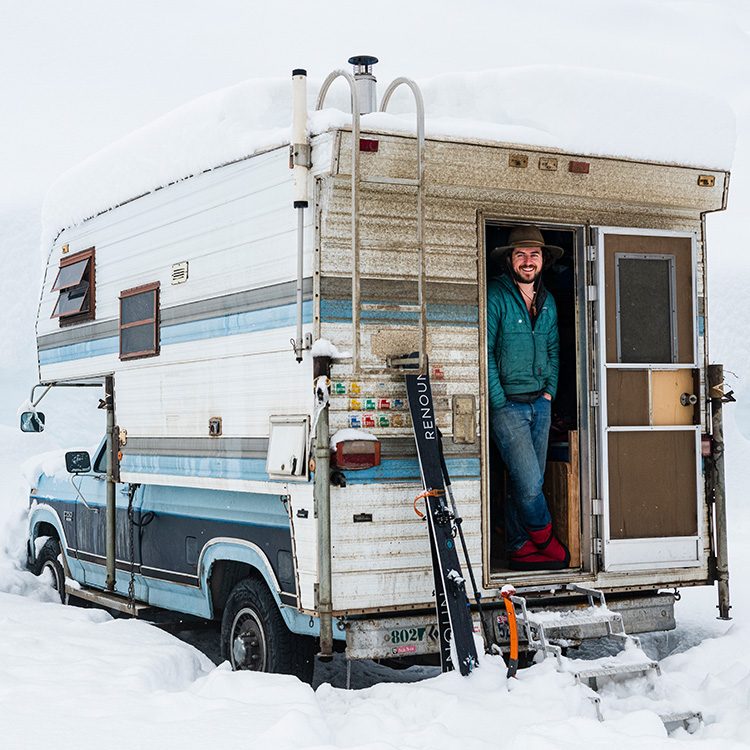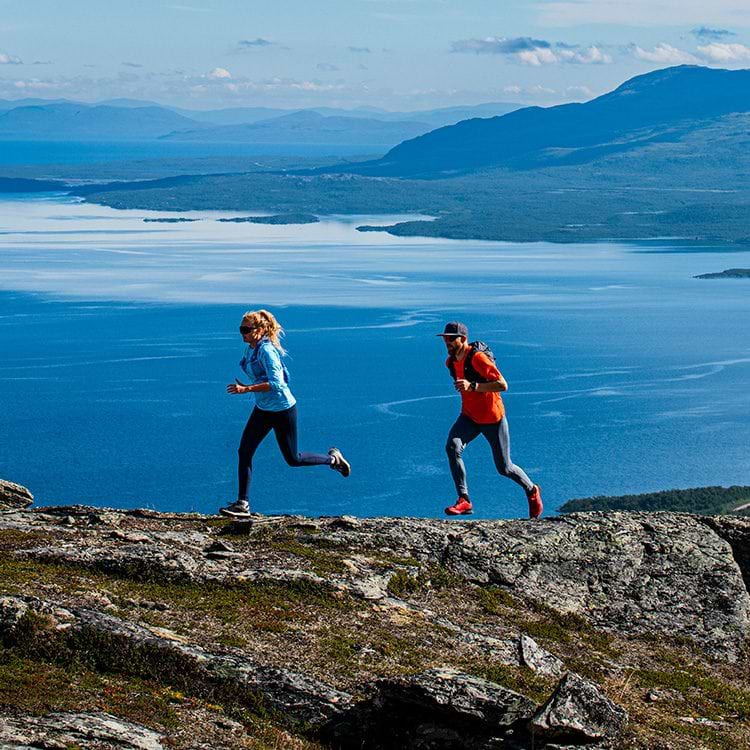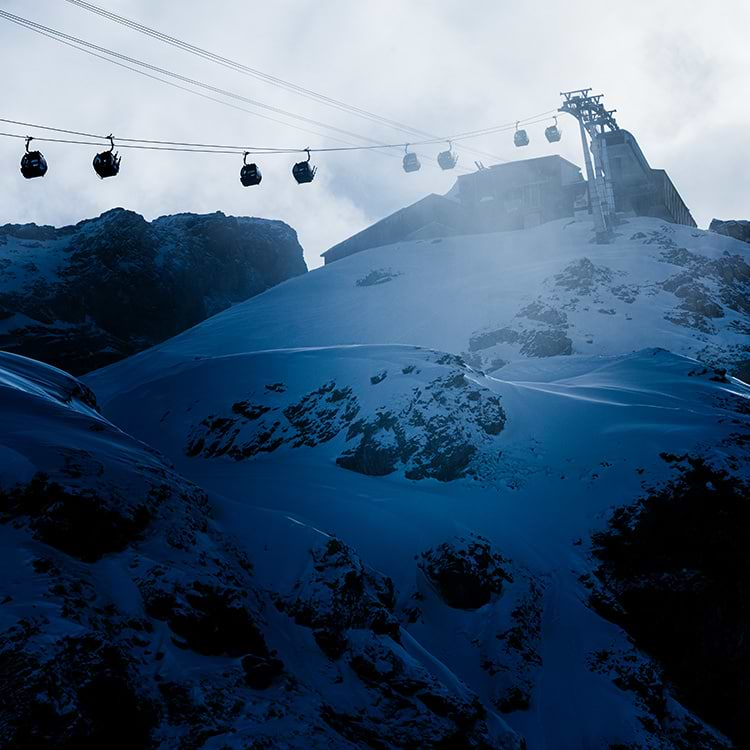Sometime in the new millennium, Japan crossed the line from occasional exotic ski experience to a bona fide destination for powder-seekers in search of steep, deep, and uncrowded.
Initially, there was the global exposure of Nagano’s 1998 Winter Olympic Games, and then an onslaught of ski and snowboard film and photography that preached redemption from corduroy sins in choking, overhead powder — wherever it was found. And nowhere on the planet has more of the white stuff than Japan, whether at industrial-scale resorts in the Japanese Alps or on the volcanoes of Hokkaido, home to a previous Olympic Games in Sapporo. An archipelago of mountainous islands adrift in a cold ocean, Japan comes by its abundant snow, honestly. Still, as a futuristic society steeped in ancient traditions, there’s much more about the country to enchant a visiting skier.
SNOW
Japan’s number one draw will always be its oyuki – big snow – courtesy of an unrivalled snowmaker: icy winds from the Siberian mainland blowing over the warm Sea of Japan that pick up tons of moisture and dump it along the western spine of both Honshu and Hokkaido. Slight tweaks in the temperature, speed and direction of those winds deliver all sorts of meteorological mayhem of the snowy kind. In some places, it snows almost daily through the prime season of January and February, and classic powder resorts like Niseko, Myoko and Furano will see up to 15 metres a year – even more at higher elevations.
Yukiguni — Snow Country
Watch the movie →
TREES
There’s something about the gnarled, snow-laden branches of Japan’s famous beech trees that makes them oddly photogenic – and perfect for skiing. First, they look like some phantasmagorical arbour from a Dr. Seuss book. Second, they’re often spaced wide enough to drive a truck between – especially at higher elevations. Third, by dint of number two, plenty of light gets into the forest for maximum visibility and turnability, with potential interference by underbrush, a distant, snow-packed memory. There is, however, the occasional wildlife surprise – snow monkeys or kamoshika, anyone?
FOOD
North Americans think of sushi as the headliner of Japanese food culture, but they’d be wrong about a wide-ranging and adventurous cuisine where sushi is a snack bar sideshow. Japan’s regional and traditional foods developed through centuries of political, economic, and social change and involve a balance of seasonality, colour and visual appeal. Somehow, this rigid, hidebound culture has also become consummately internationalist regarding food (recall the Iron Chef TV franchise) – especially around ski towns, where you’ll find almost any ethnic food with an experimental Japanese flair. The small dishes of Izakaya-style restaurants are still the height of creativity and affordability. However, if you want something more familiar, endless varieties of ramen quickly warm up — and fill up — the most frozen skiers for a meagre price.
CULTURE AND TRADITION
Japanese culture is a fascinating fusion of ancient and futuristic sensibilities. Along with this being genuinely mesmerizing for outsiders, it comes with plenty of oddities, obsessions, and a range of traditional annual events found nowhere else on Earth, like the 300-year-old Nozawa Fire Festival that takes place every January, where village men of a certain age guard a pyre of tinder-dry wood against the arsonist onslaughts of a surging, drunken crowd (of which you can be part) and which always manages to torch it. Interested in a quieter foray? Visit one of the countless Shinto or Buddhist shrines — some over 1,500 years old.
ONSENS
Soaking in an onsen – a volcanic hot spring – is a signature Japanese experience. Whether they’re public or private, situated in a town, the hotel you stay in, or a ski tour away in the backcountry, onsen visits are as much a way of life in this geothermally active country as the sauna culture in Finland. Most onsens are segregated along gender lines, but the occasional one will allow modest mingling — usually in outdoor pools. Bear in mind two things: first, you must shower (well!) before entering the shared pools, and second, because of their longstanding association with criminal Yakuzas, those with tattoos are often refused admission.
UNIQUE EXPERIENCES
This could be a long list. From skiing powder under the lights to watching snow monkeys in a steaming pool, from walking with an Indigenous Ainu woodsman to a bizarre range of lodging from 1,000-year-old ryokans to cruise-ship-style hotels, skiing in Japan is never dull. Given its geothermal nature, Japan has many aesthetic and skiable volcanoes — some with steaming vents. And you’ll also come to love how the quality, detail, and Samurai precision of Japanese craftsmanship in everyday objects and art is counterpointed by a slew of bizarre cartoon iconography and an “anything goes” fashion scene.
TRANSPORTATION
Even if the language barrier seems formidable, Japan’s transportation system works smoothly and with Swiss-style punctuality to get you from its airports to the mountains. Whether Tokyo’s labyrinthine subway system or the nation’s network of 300-kilometre-per-hour bullet trains, the big stuff is always on time and rarely breaks down or is impeded by weather. Snow removal is an exact science here. Ski town shuttles and busses can get you everywhere – they’re more sustainable than cars and more accessible to Westerners than rental vehicles, given that the country drives on the left-hand side of the road. Better still, if you get turned around, people are friendly and helpful, and if they don’t speak English (many do), they possess a seemingly innate ability to use Google Translate.






































